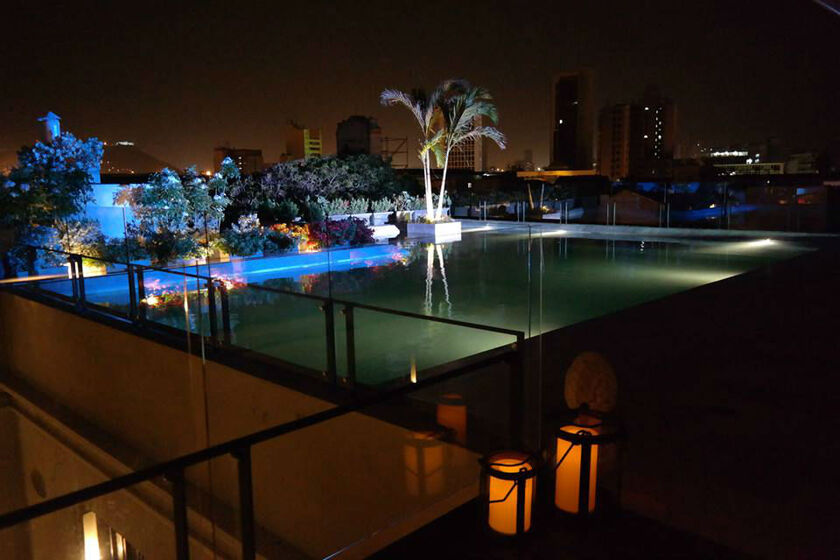

Close by is Jerónimos Monastery to the east and Fort do Bom Sucesso to the west, while to the north are the Tower Governor's Residence, the old governor's residence of Bom Sucesso Castle and the Chapel of São Jerónimo.

The Belém Tower is located on the north bank of the Tagus River in the civil parish of Santa María de Belém in the municipality of Lisbon, accessible at the western end of Avenida de Brasilia by a small bridge. In 1513, Lorenzo Fernandes wrote a letter to his friends stating the king's intention to build a tower near the Restello Velho, determining it to be indispensable. King Manuel I of Portugal reconsidered the proposal twenty years later and ordered the construction of a military fortress at the northern end of the Tagus at Belém. To this end, he ordered "the building of a strong fortress", but died before any plans could be drawn up. Along the entrance to the Tagus River to supplement existing defences. Joao II), published in 1545, author García de Resende confirmed the king's opinion that Lisbon's defenses were inadequate and he insisted on building a fortress. In his "Chronicle of John II" (Chronica de D. These forts could not fully protect the mouth of the river and more protection was needed. In the late 15th century, King John II built a defense system for the mouth of the Tagus that relied on the fortresses of Cascais and São Sebastião (or Torre Velha) on the south side of the river in Caparica. In fact, the tower was built on a small island in the Tagus River off the coast of Lisbon. It is incorrectly said that the tower was built in the middle of the Tagus and now sits closer to the shore because the river was redirected after the 1755 Lisbon earthquake.

It is often depicted as a symbol of Europe's Age of Discovery and a symbol of Portugal or Lisbon, given its landmark status. Since 1983, the tower has been a UNESCO World Heritage Site along with Jerónimos Monastery. The structure was built from Lioz limestone and consisted of a bastion and a 30-meter, four-story tower. It was built during the height of the Portuguese Renaissance and is a prominent example of the Portuguese Manueline style, but it also incorporates hints of other architectural styles. Vincent's Tower, is a 16th-century fortress in Lisbon that served as the embarkation and disembarkation point for Portuguese explorers and an official gateway to Lisbon.


 0 kommentar(er)
0 kommentar(er)
